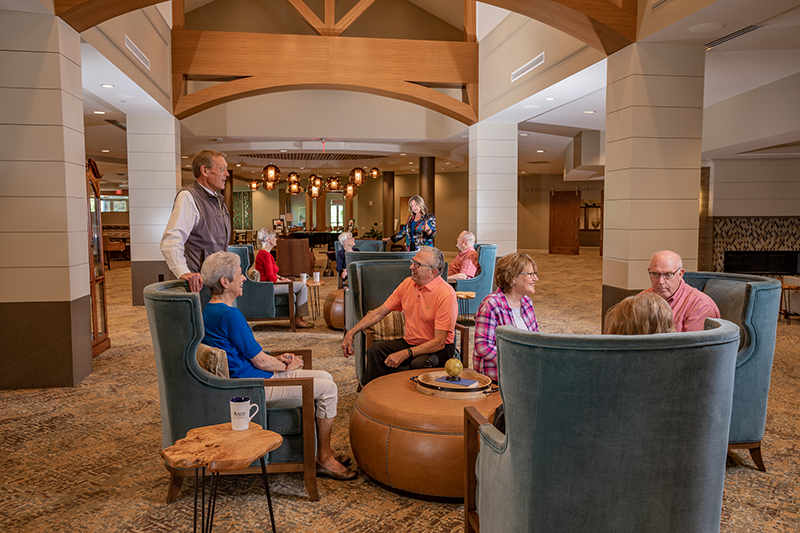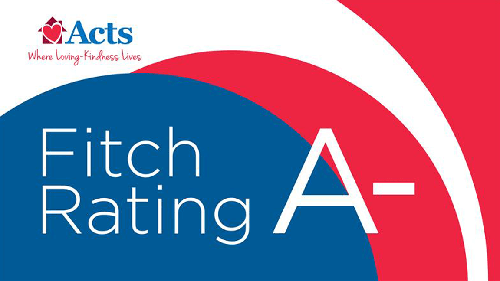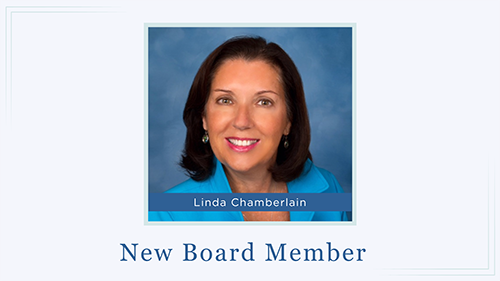Types of Senior Housing Options: The Best Housing for Seniors
Whether you are planning to retire or already well into enjoying retirement, you may be wondering about the best types of senior housing options available. Maybe you’re looking to downsize, or move closer to family, or get away from cold winters. Maybe you want to spend less on property tax and upkeep and put those savings into more travel and activities.
Regardless your reason, you’re in the right place. Here’s a quick list of some of the most popular and common types of housing options for seniors and retirees, as well as how to know if a particular option is the best choice for your situation.

6 Types of Senior Housing Options
There are quite possibly dozens of housing options for seniors reaching retirement. This can make it hard to find the right one, especially if you don’t know how they’re different! That’s why we’ve narrowed it down to the top six that you’re most likely to encounter in your search for the best senior housing option. Here’s each one in turn.
- Aging in place. Many older adults have spent decades working to pay off the mortgage on their existing homes. If you fall into that category, you may wish to remain in that home after retirement. This is called aging in place, and it offers plenty of advantages in that you don’t have to pack up and move, you’re already familiar with it and the typical monthly budget needed, and you likely have plenty of memories packed into those walls. The downsides, though, could be plentiful in terms of maintaining a large property, paying taxes and utilities, and having to adapt it as you age and may become less mobile.
- Moving in with the kids. More and more families today are living together. This is a worthy option to consider if you have a strong, positive relationship with your children and grandchildren. Doing so can be advantageous, as it’s likely you’ll always have company and companionship and you’ll be able to control your living costs much better by splitting them. Of course you’ll have to make sure there is enough comfortable room for you and your belongings, and ensure that everyone can get along well when packed together all the time.
- House sharing. Similar to moving in with family, house sharing offers some great benefits by having close friends living alongside you. This builds strong social networks that can vital during retirement, and also helps make retirement living much more affordable than it would be otherwise. The downsides are much the same as moving in with kids: be sure you can live together amicably, and that there’s enough space for everyone to be comfortable.
- Independent living communities. The first type of true “retirement community” in this list, an independent living community is best described as a planned community that is reserved exclusively for older adults. Independent living communities offer cost savings by having you cover a single monthly maintenance fee that goes towards the repair and maintenance of your home, and it often includes things like trash and snow removal and landscaping, as well as amenities such as dining opportunities, pools and fitness centers, and access to activities such as art studios and woodworking shops. However, this option should be reserved for older adults who can truly live independently when it comes to health factors and even daily living like bathing or remembering to take medication.
- Assisted living. A “step up” from an independent living community in terms of health services, an assisted living communityoffers the types of more advanced healthcare that an aging senior might need. If an adult child is thinking a parent can no longer live on their own, this is typically the solution. There is 24/7 nursing care as well as support for daily living. It can put everyone at ease that they or their loved one will be well taken care of no matter what their situation. But this does come with a cost — assisted living care tends to have a high monthly rate for that important support.
- Continuing care retirement communities. Often viewed as a sort of combination of independent and assisted living, continuing care retirement communities (or CCRCs) are able to adapt to your healthcare needs throughout the duration of your residency. Residents tend to move in as independent living, enjoying the full lifestyle and all the social opportunities that entails, but should they ever need a higher level of care such as assisted living, they know it will be included on the same campus, and depending on the type of contract involved, may not even result in a higher monthly cost. The way to gain that benefit and peace of mind, however, typically involves an up-front cost that in part pre-pays your future healthcare in today’s dollars, so that if and when you need more care, it’s already covered.

What is the Best Housing Option Available to Seniors?
In the realm of finding the best housing option available for seniors, it helps to reframe the question as the best housing options for this senior, meaning the best option for your specific situation. Each of us are different and thus have different circumstances and housing needs.
So what of the options above sounds like the best option for you? Are you invested in your existing home? Can you afford to live there and do you have a strong local social network in place already? Then aging in place may be a good option. Keep in mind that house will become more burdensome as you age.
Are you planning for any healthcare most of us inevitably need in the future? Do you want a wider array of social and recreational options without the maintenance? Do you want the peace of mind of knowing your nest egg is secured? A continuing care retirement community may be the better choice. Otherwise, if you wait until your health has declined too far, your options will likely be limited to pricey assisted living or skilled care centers, commonly referred to as “nursing homes.”
In the end, the different permutations of what constitutes “ideal” for you are so diverse and varied that no two retirees are ever going to have the same perfect place to live. As long as you consider affordability, social contacts, amenities, healthcare options, and all the other factors that are in play, you will be able to come up with the best solution to your senior housing needs.
If you think a CCRC may be a good fit, check out the amenities and services available at any of 27 Acts Retirement-Life Communities.





